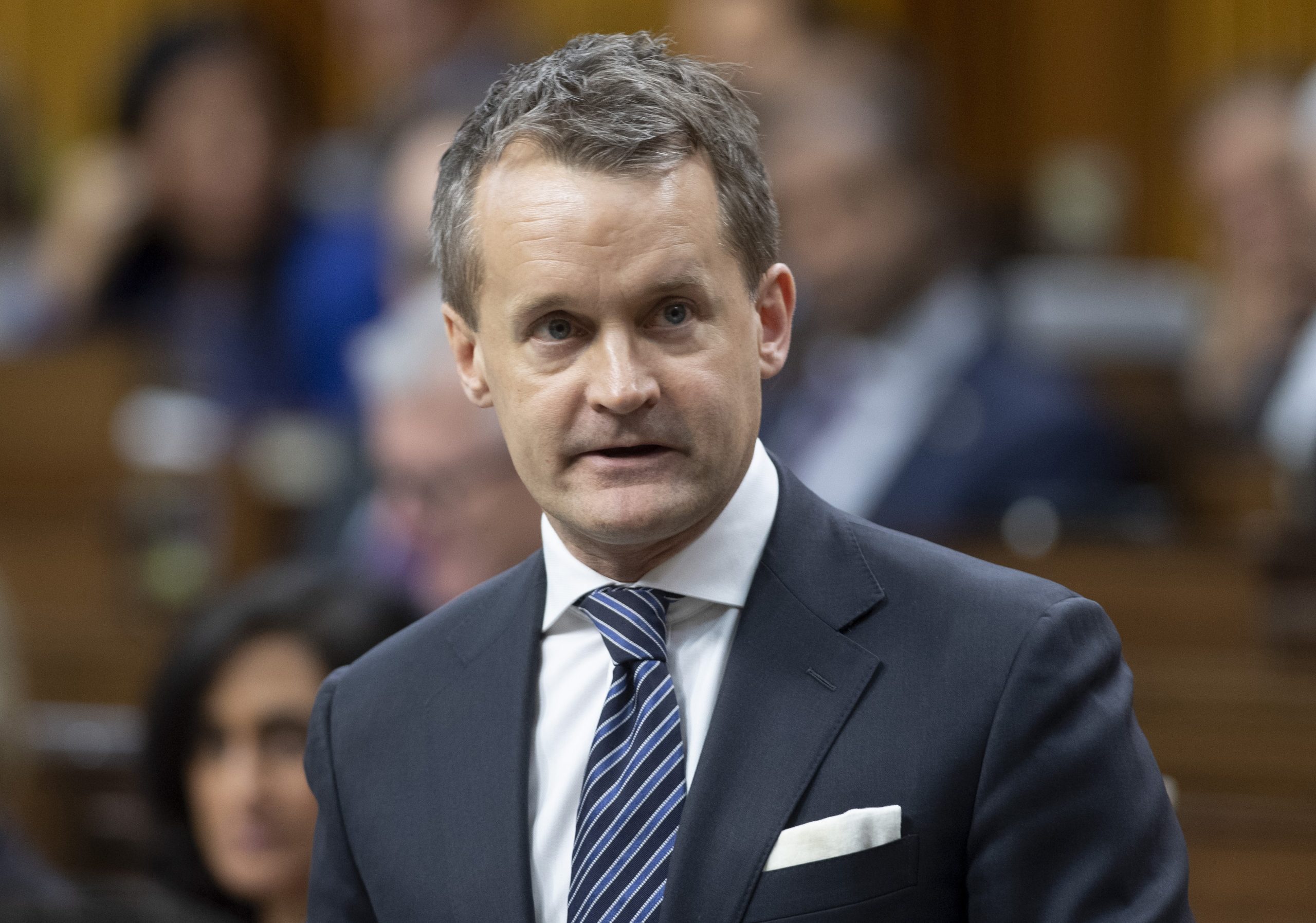OTTAWA — Oil and gas companies that use federal cash to help cut methane emissions from their operations won’t have to repay every penny if they eliminate the methane emissions entirely.
Natural Resources Minister Seamus O’Regan unveiled rules for the $750-million emissions-reduction fund first announced by the federal government at the end of April.
“Any time we are able to help companies reduce emissions … that is a very good investment for Canada and is a very good investment for Canadians,” said O’Regan.
“It’s an incredibly effective way for us to reach our targets.”
Methane has more than 80 times the global-warming potential of carbon dioxide over a 20-year period and accounts for more than one-tenth of Canada’s total emissions each year.
Almost half of them come from the oil and gas sector.
Canada has committed to cutting methane emissions between 40 and 45 per cent by 2025, but current regulations are only expected to cut 29 per cent by then.
The government has not estimated yet what emissions will be cut through this new program, but said up to half the cost of the loan can be forgiven if a project eliminates methane emissions.
If projects only cut some but not all emissions, the entire loan will have to be repaid.
Several environment groups were critical of the government for tentative agreements it reached with Alberta and Saskatchewan on methane emissions, which the groups argue won’t be as strict as the regulations Canada laid out.
The equivalency agreements on methane emissions with Alberta and Saskatchewan will allow them to use their own regulations instead of having to follow Ottawa’s.
But Environmental Defence, the David Suzuki Foundation and the Environmental Defense Fund, asked the government not to finalize those agreements until they can be improved to get Canada closer to its target.
Dale Marshall, national climate program manager at Environmental Defence, said the reason Ottawa can’t say how many emissions this fund will cut is because it’s not tying the cash to meeting the regulations.
“That’s the difference with regulations,” he said. “The level of reductions doesn’t depend on industry coming forward with proposals. It ensures that every oil and gas facility is doing what is needed, especially given that these are very, very cost-effective.”
Patrick McDonald, climate director at the Canadian Association of Petroleum Producers, said the new program offers some flexibility which is good, but how much impact it will have will depend on what companies apply and get accepted.
He said most companies are already looking to move to cut methane emissions, with or without regulations.
This report by The Canadian Press was first published Oct. 29, 2020.
Mia Rabson, The Canadian Press













